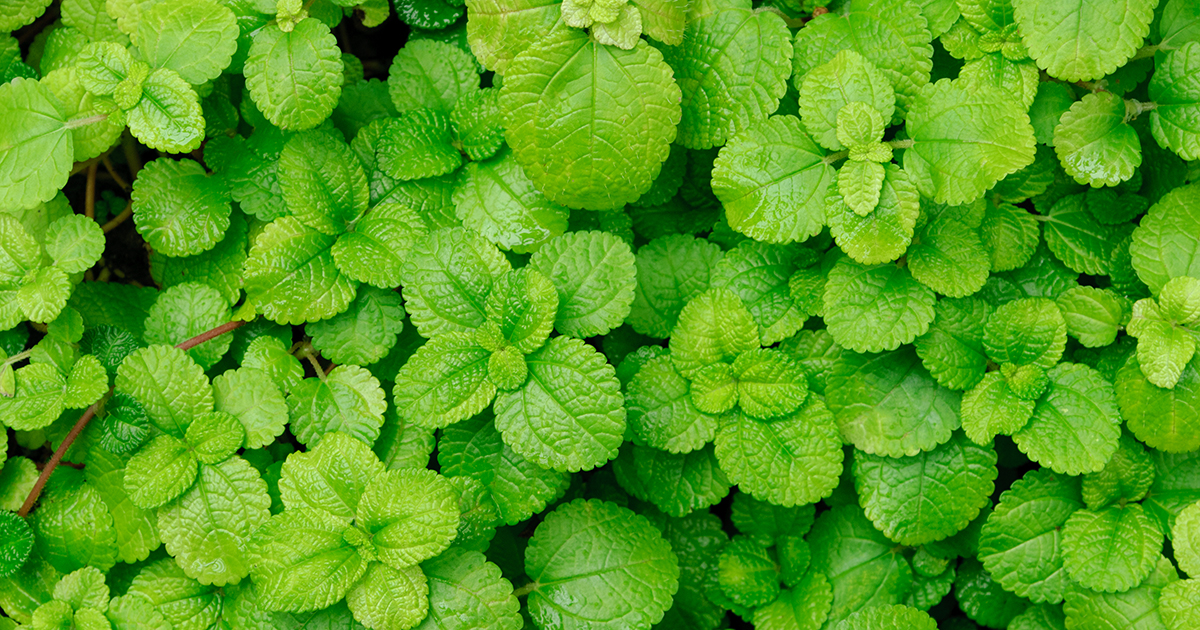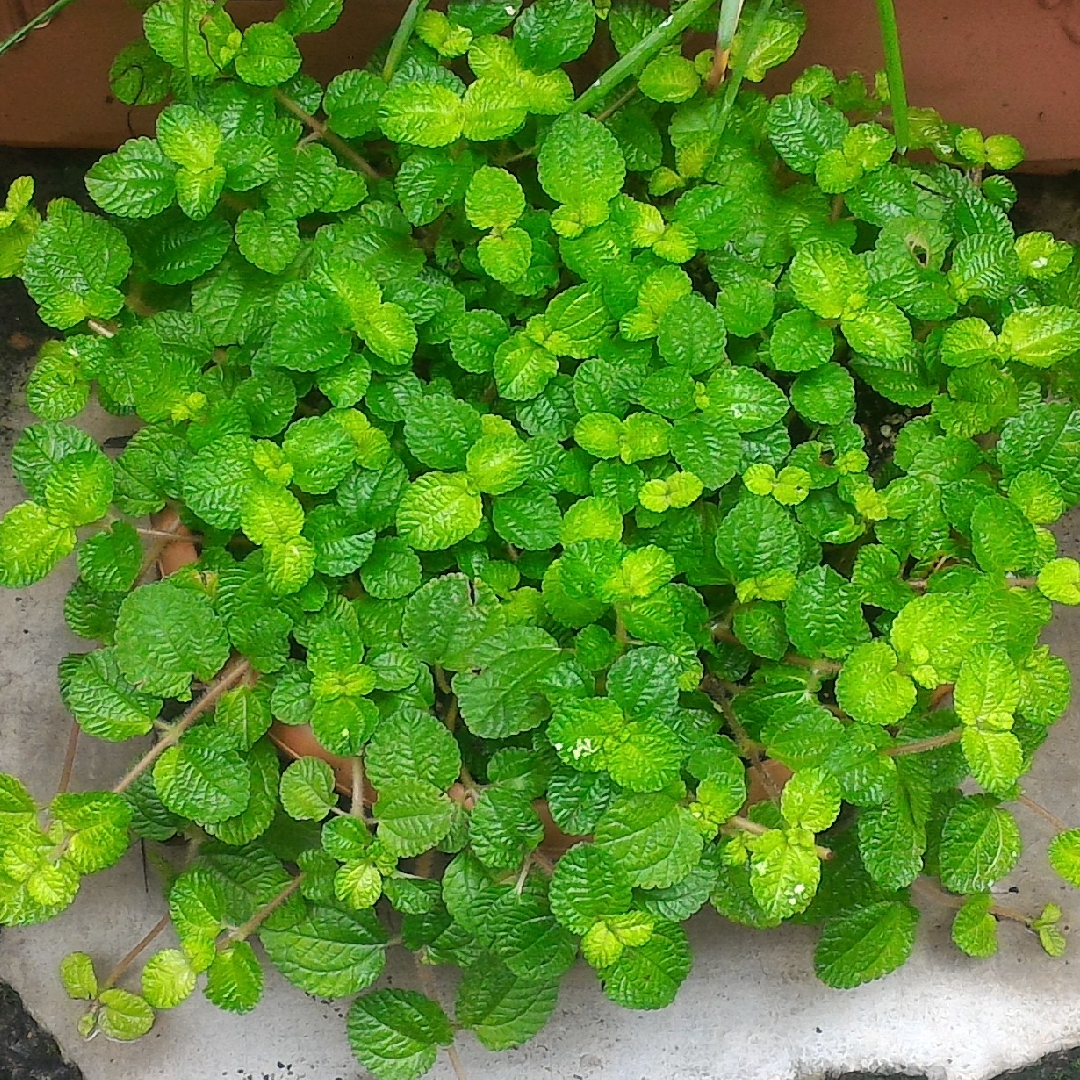Creeping Pilea
Creeping pilea, also known as Pilea nummulariifolia, is a plant that is becoming increasingly popular among indoor plant enthusiasts. With its delicate, coin-shaped leaves that drape over the sides of a pot, it adds a touch of greenery and elegance to any space. But there's more to this plant than just its looks. Let's explore the beauty and benefits of creeping pilea in more detail.
Pain Points
Many indoor plant enthusiasts struggle to find the right plant for low light conditions. Creeping pilea, unlike many other indoor plants, does well in areas with indirect sunlight. Overwatering can also be an issue for some plants but creeping pilea is quite resistant to this problem. Despite its reputation as a low maintenance plant, it can still fall victim to pests and diseases if not properly cared for.
Target of Creeping Pilea
Creeping pilea is a great choice for beginners or anyone looking to add some greenery to their indoor space. It's an easy plant to care for and can thrive in low light conditions. For those who are looking to improve their indoor air quality, creeping pilea is also known for its air purifying properties.
Summary of Main Points:
In summary, creeping pilea is a great indoor plant choice for those who are looking for low maintenance and air purifying properties. Despite being resistant to overwatering, it can still be susceptible to pests and diseases.
Creeping Pilea's Target and Personal Experience
As someone who lives in a rental with limited natural light, I found creeping pilea to be the perfect solution for adding some greenery to my space. It's ideal for those who are new to plant care due to its low maintenance nature. I love how the delicate, coin-shaped leaves drape over the side of the pot, adding an elegant touch. Compared to many other indoor plants, creeping pilea is quite affordable, making it a great addition to any home.
However, it's important to note that creeping pilea is not immune to pests and diseases. Recently, I noticed some spider mites on my plant due to the dry air in my apartment. After doing some research, I learned that wiping down the leaves with a damp cloth and occasionally misting the plant with water can help prevent this issue.

The Benefits of Creeping Pilea
In addition to being an affordable and low maintenance plant, creeping pilea is also known for its air purifying properties. By absorbing toxins such as formaldehyde, benzene, and other harmful pollutants, it helps to improve indoor air quality. At the same time, it adds a touch of greenery to your space.

How to Care for Creeping Pilea
Creeping pilea is a relatively low maintenance plant. It does well in low to bright indirect light conditions and prefers to be kept moist, but not overly wet. Overwatering can lead to root rot, so make sure to let the soil dry out between watering. It’s also important to ensure there is adequate drainage to prevent water from sitting in the bottom of the pot.
Fertilize creeping pilea once a month during the spring and summer months. Keep an eye out for pests such as spider mites, mealy bugs, and scale as they can damage the plant. If you do notice pests, remove the affected leaves and treat the plant with an insecticidal soap or neem oil.
Propagation of Creeping Pilea
Creeping pilea is easy to propagate. Simply take a cutting of a healthy stem and place it in a small pot with moist soil. Keep the soil moist and the plant in a bright area but out of direct sunlight until it has rooted. Once rooted, you can care for it like a mature plant.
Question and Answer
Q: Can creeping pilea grow in low light conditions?
A: Yes, creeping pilea can thrive in low to bright indirect light conditions, making it an ideal plant for indoor spaces with limited natural light.
Q: Will overwatering kill my creeping pilea?
A: While creeping pilea is relatively resistant to overwatering, it can still lead to root rot and ultimately kill the plant. Make sure to let the soil dry out between watering and ensure there is adequate drainage.
Q: How often should I fertilize my creeping pilea?
A: Fertilize your creeping pilea once a month during the spring and summer months to encourage healthy growth.
Q: How can I propagate my creeping pilea?
A: Propagating creeping pilea is easy. Simply take a cutting of a healthy stem and place it in moist soil. Keep the soil moist and the plant in a bright area but out of direct sunlight until it has rooted.
Conclusion of Creeping Pilea
Overall, creeping pilea is a beautiful and low maintenance plant that is perfect for those who are new to plant care or have limited natural light in their indoor space. With its air purifying properties and elegant appearance, it's no wonder why it's becoming increasingly popular among indoor plant enthusiasts. Just remember to keep the soil moist, but not overly wet, and provide adequate light and drainage to ensure that your creeping pilea stays healthy and beautiful.
Gallery
Creeping Pilea | ASPCA

Photo Credit by: bing.com / pilea creeping aspca cats toxic plants poisonous animal
Garden Chronicles : Pilea Nummulariifolia - Creeping Charlie

Photo Credit by: bing.com / pilea creeping nummulariifolia
Lily's Indoor Jungle: Creeping Pilea Care

Photo Credit by: bing.com / pilea creeping stem
Pilea Nummulariifolia, Creeping Charlie In GardenTags Plant Encyclopedia

Photo Credit by: bing.com / pilea plant creeping charlie encyclopedia gardentags
Lily's Indoor Jungle: Creeping Pilea Care

Photo Credit by: bing.com / pilea creeping
0 Response to "Creeping Pilea"
Post a Comment